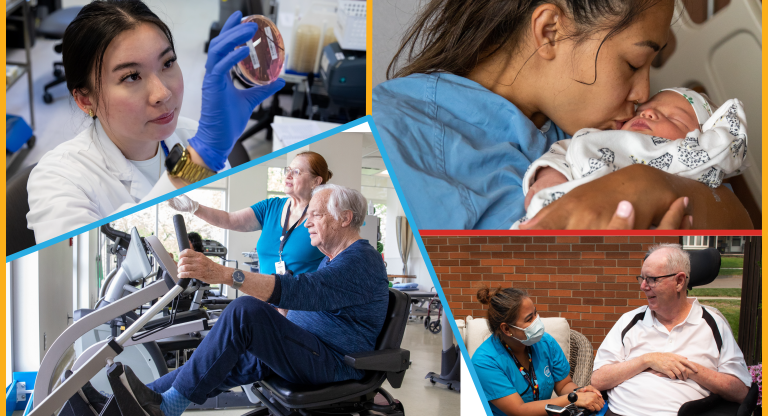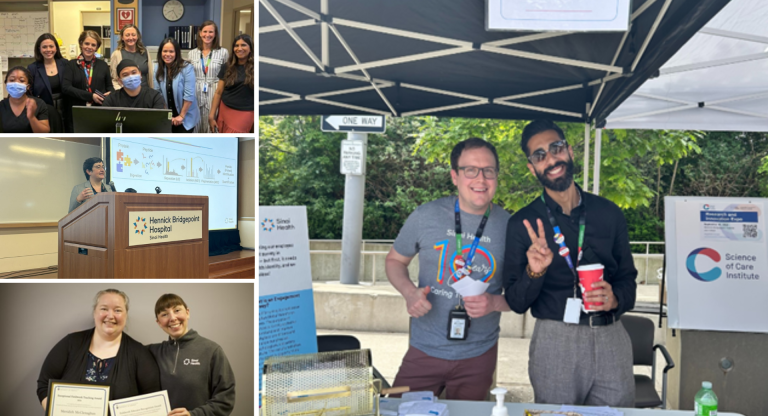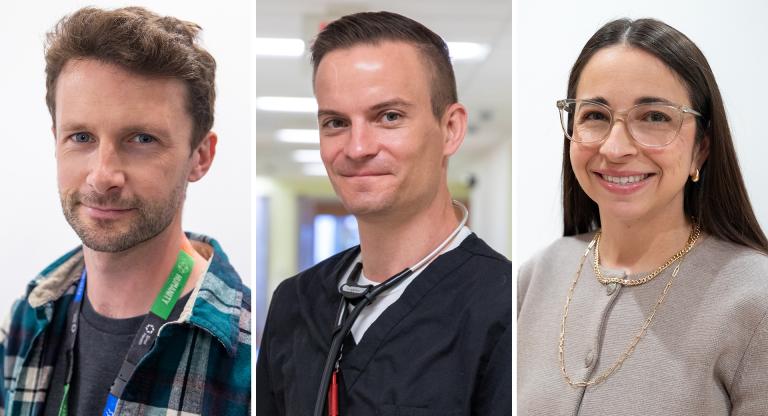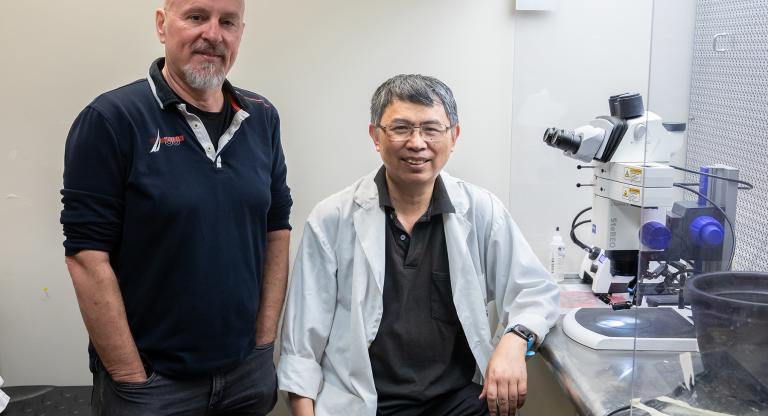Scientists create “cloaked” donor cell and tissue grafts that escape rejection by the immune system

In a breakthrough that could transform cell therapies for incurable diseases, researchers at Sinai Health have developed a technology that may eliminate the need for immunosuppressive drugs in transplant patients.
Through genetic modification of donor cells, demonstrated in a mouse model, the researchers successfully created transplants that persisted long-term without the need for immune suppression. The findings raise hopes that a similar strategy could be employed in human patients, potentially making transplantation safer and more widely available.
“Our work paves the way for an ‘off-the-shelf’ supply of cells for therapies that could be safely given to many patients,” says Andras Nagy, stem cell pioneer and a senior investigator at the Lunenfeld-Tanenbaum Research Institute (LTRI), part of Sinai Health, who led the research. He is also Canada Research Chair in Stem Cells and Regeneration and a professor at the Temerty Faculty of Medicine, University of Toronto and Monash University, Melbourne.
The research is published today in the journal Nature Biomedical Engineering.
Immune rejection poses a major challenge in donor cell therapy, said Nagy. In such cases, the recipient’s immune system recognizes the transplanted cells as foreign invaders and launches an attack, leading to rejection.
“Transplant and cell therapy patients are required to take immunosuppressive drugs, sometimes for the rest of their lives to prevent their bodies from rejecting the transplant”, explains Nagy. The extended use of these drugs can lead to serious health issues including recurring infections, and an elevated cancer risk.
Scientists worldwide have been exploring various solutions, including creating therapeutic cells from the patient’s own cells or encapsulating donor cells in inorganic material for protection.
These methods face challenges such as high costs, long preparation times and foreign body immune response, complicating their widespread and cost-effective applications.
Stem cells have the unique ability to divide indefinitely and give rise to specialized cells that form our organs. They make an ideal source for cell therapies as large numbers of cells can be obtained and converted into desired cell types to replace those lost to disease or injury. But there are major safety concerns. In addition to addressing immune-matching, scientists must ensure that no unwanted dividing cells remain in the transplant that could cause cancer in the future.
Nagy, who established Canada’s first human embryonic stem cell line in 2005, has dedicated his life’s work to engineering safeguards for future cell therapies. In 2018, his team published a landmark paper in Nature about a drug-inducible “kill-switch” called FailSafe that protects from cancer by eliminating unwanted proliferating cells in transplants.
Learn more about the FailSafe kill-switch here.
Now postdoctoral fellow Jeff Harding and PhD student, Kristina Vintersten-Nagy, combined the kill-switch technology with a strategy they named “immune cloaking” to obtain immune evasion. They selected eight key genes related to immune function – Pdl1, Cd200, Cd47, H2-M3, Fasl, Serpinb9, CCl21 and Mfge8 – that regulate how the immune system responds to threats, including foreign cells. Forced overexpression of these genes in mouse embryonic stem cells (mESCs) prevented the immune system from recognizing them as foreign. The modification effectively created an “immune cloak” around the cells following their injection under the skin of genetically unmatched hosts.
Uncloaked cells are typically rejected within 10 days of transplantation. In contrast, the cloaked cells persisted for more than nine months at the endpoint of the experiment – a long time considering that mice live for about two years. “This is the first time that we’ve been able to achieve this length of time without rejection in a fully functional immune system,” said Nagy.
In another key finding, they showed that unmodified cells can escape rejection when embedded into the tissue created by the cloaked donor cells below the skin surface. The protection extended to cells from another species, as shown by the ability of unmodified human cells to survive within the cloaked mouse graft. This suggests that modified cells also act as immune-privileged implantation site for unmodified cells, with implications for interspecies transplants. Pigs are being explored as potential donors because their organs are very similar in size and function to humans.
Building on this success, another PhD student in the lab, Huijuan Yang, selected the human counterparts of the eight immunomodulatory genes and used them to create the first FailSafe and cloaked human cells. Co-culturing these cells alongside human immune cells from an unmatched host revealed their ability to escape destruction unlike their unmodified counterparts. This shows that cloaking has the potential to work for human patients as well, said Nagy.
While this research is still in its early stages, it holds great promise for regenerative medicine and cell-based therapies. Nagy envisions injecting uncloaked insulin-producing cells, or islets, into subcutaneous cloaked tissue to treat diabetes. Subcutaneous cell delivery may be less risky for patients than the current approach, where islets are delivered into the liver and may interfere with its normal function, said Nagy.
“This study gives invaluable insights into elegant alternatives to the toxic consequences of conventional immunosuppression,” says Michael Sefton, scientific director of Medicine by Design, a regenerative medicine initiative at the University of Toronto that primarily funded the research, and a University Professor in the Department of Chemical Engineering and Applied Chemistry and Institute of Biomedical Engineering, U of T. “These findings significantly advance cell therapies that can help people who live with chronic diseases such as type 1 diabetes or heart failure.”
Beyond diabetes, Nagy is also developing applications for patients who have age-related macular degeneration, arthritis, chronic pain and lung diseases, to name a few. To bring these advances to patients faster, he co-founded a startup company, panCELLa, which recently merged with the U.S. company Pluristyx to continue to develop safe and cost-effective clinical-grade, “off-the-shelf” cells for therapy.
Learn more about cloaking cells here.
“Patient safety is paramount, and Dr. Andras Nagy is globally renowned for his sustained efforts to develop safeguards for future cell therapies,” says Anne-Claude Gingras, Director of the LTRI and Vice-President of Research at Sinai Health. “This study demonstrates the combined potential of FailSafe and immune cloaking for the creation of a universal source of cells that could be applied to a multitude of diseases.”
This research was funded by Medicine by Design, University of Toronto, the Canadian Institutes for Health Research, the Canada Research Chair program, and the Ontario Research Fund.












